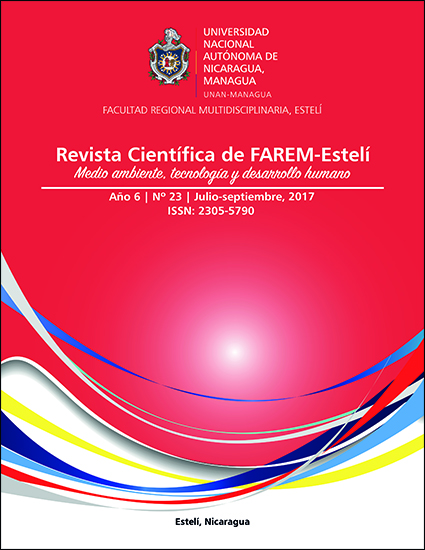In vitro antagonism of endophytic fungi for use in the biocontrol of forest diseases
Abstract
Endophytic fungi are those that colonize the internal living tissues of plants without causing significant effect on the host. These fungi, when exerting at times, antagonism against fungal pathogens to the host plant, can be a solution for controlling many of the forest diseases caused by other fungi. This field has been little evaluated in in vitro tests and in live tests. Five endophytic fungi and six pathogenic fungi were used, which were exposed in a generalized potato + Dextrose + Agar (PDA) culture medium under dark conditions at 25ºC for seven days. During this period the central and lateral axes of the colony were measured. With these data, the shape coefficient of the fungus was obtained and the direct growth was calculated, the shape coefficient of the pathogenic fungus against the respective endophyte, the percentage of inhibition of radial growth and the percentage of inhibition of the growth zone. Plaques were established only with the pathogenic fungus as a control group. The data were analyzed with an Analysis of Variance and for the statistically significant cases the Significant Minimum Difference test was applied. The results show that endophytes have a greater inhibition against pathogenic fungi. In this way a controlling effect of at least one endophyte on one or more pathogens is demonstrated. This suggests its possible usefulness as a Biological Control Agent (CBA) in forest diseases. The reduction of the growth of pathogenic fungi in the presence of endophytes may be due to their mechanisms of action (competition and secretion of mycotoxins) against the pathogen. In vivo tests should be carried out where the endophytes are inoculated according to their ecology and with an adequate time for the colonization of the plant.
Keywords: biological control, pathogenic fungi, plant health, in vitro antagonism.



